| |
Family (Alpha): | |
| View | Acrididae Members:
| NC Records |
|---|
Campylacantha olivacea (Scudder, 1875) - Fuzzy Olive-green Grasshopper |
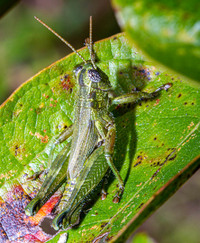
Adult male | 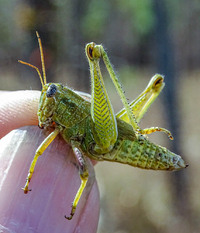
Adult female | 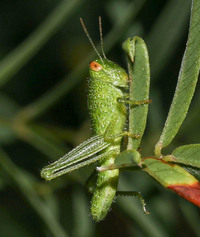
Early instar |
|
|
|
|
|
Image Gallery for Campylacantha olivacea - Fuzzy Olive-green Grasshopper
|
 | Recorded by: David George Jeff Niznik
Richmond Co.
Comment: | 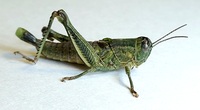 | Recorded by: Mark Basinger
Bladen Co.
Comment: |
 | Recorded by: Mark Basinger
Bladen Co.
Comment: |  | Recorded by: Steve Hall, Ed Corey, Scott Pohlman, Judy Ratcliffe
Scotland Co.
Comment: Adult female. Photo by Scott Pohlman |
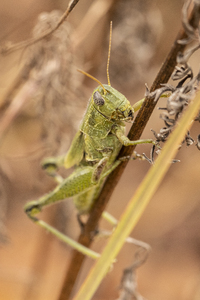 | Recorded by: Ed Corey
Scotland Co.
Comment: | 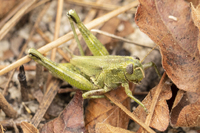 | Recorded by: Ed Corey
Scotland Co.
Comment: |
 | Recorded by: Steve Hall and Bo Sullivan
Moore Co.
Comment: Found in a wildlife food plot next to an area of loamy sandhill oak scrub |
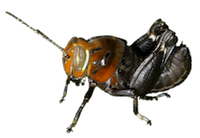
 »
»



 »
»

